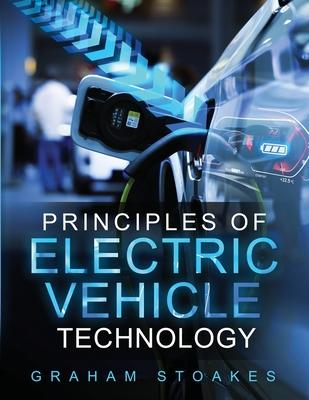Electric vehicles (EVs) are a vital part of the world's infrastructure and are a fundamental component in the ongoing development that powers our future transportation needs.
Limited resources and environmental pollution mean that an alternative to traditional petrol- and diesel-powered internal combustion engines is necessary to maintain and propel a sustainable society that continues to thrive.
Regardless of fuel, it is electricity that has an elemental energy which produces no toxic pollutants at point of use.
Electricity can be generated from multiple sources, many of which can be considered environmentally friendly, making it a logical choice to charge our energy needs.
In our interconnected modern lives, electricity is indispensable, powering everything from our homes to our gadgets. Yet even though the first cars developed used electricity for their source of propulsion, internal combustion engines dominated the automotive landscape due to their seemingly inexhaustible and harmless hydrocarbon fuel.
As the world developed, it became increasingly clear that our reliance upon petrol and diesel was misguided.
We are perfectly happy with using electricity for nearly all of our daily energy needs, but many still struggle with the concept of using it for transportation due to the abundance of the internal combustion engine.
The inevitable rise in electrically powered vehicles means that we all need to learn about this new (yet old) technology if we are to integrate it into our everyday lives.
Often, the unknown poses the greatest barrier to a change in habits, leading to mental roadblocks that hinder progress.
We often know more than we give ourselves credit for, but it takes a spark of inspiration for this to be realised.
This book is designed to support knowledge relating to the technology employed in the operation and use of electric vehicles; helping technicians, engineers, first responders and vehicle operators understand how they work.
This book seeks to bridge the gap between traditional propulsion methods and electric vehicles. It explores why alternative propulsion and electric vehicles are needed and the problems caused by continued fossil fuel usage. It provides a background on electrical fundamentals related to the operation and maintenance of electric vehicles.
It outlines some organisational requirements, such as resources, tooling, and equipment needed for maintaining and repairing electric vehicles in workshops.
It also introduces the components of electric vehicle drive and operating systems, as well as the maintenance, repair, and diagnosis of these systems.
